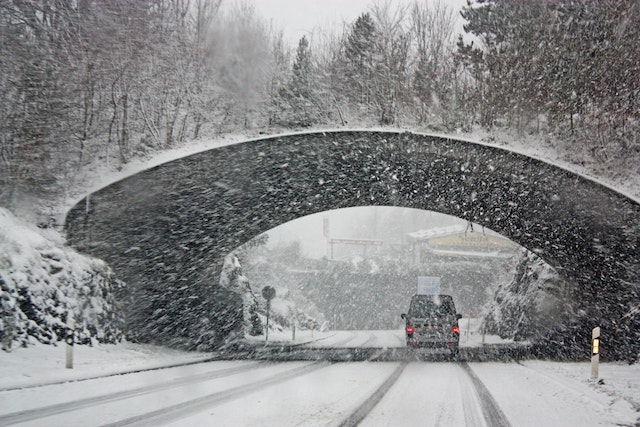Driving in bad weather conditions can be a challenging experience for any driver. Rain, snow, fog, and other weather conditions can create hazardous road conditions that can increase the risk of accidents. It is crucial to practice safe driving techniques to stay safe on the road in bad weather conditions. In this article, we will discuss tips for safe driving in bad weather conditions.
Check the Weather Forecast Before You Leave
One of the most important things you can do to prepare for driving in bad weather conditions is to check the weather forecast before you leave. This will help you to plan your route and adjust your driving habits accordingly. If the weather is expected to be severe, consider postponing your trip until conditions improve.
Ensure Your Vehicle is in Good Condition
Another critical aspect of safe driving in bad weather conditions is ensuring that your vehicle is in good condition. This includes checking your tires, brakes, windshield wipers, and headlights. It is essential to ensure that your vehicle is well-maintained and equipped to handle the weather conditions.
Slow Down
When driving in bad weather conditions, it is crucial to slow down. This includes reducing your speed to a level that is safe for the road conditions. Wet, icy, or snow-covered roads can increase the risk of skidding and loss of control. By driving at a slower speed, you will have more time to react to potential hazards.
Maintain a Safe Following Distance
Maintaining a safe following distance is crucial when driving in bad weather conditions. Wet roads, snow, and ice can increase stopping distances. By maintaining a safe following distance, you will have more time to react if the vehicle in front of you suddenly stops or loses control.
Use Your Headlights
Using your headlights is essential when driving in bad weather conditions. This includes using your low beams in foggy conditions and turning on your headlights in heavy rain or snow. Your headlights will help you to see the road ahead and help other drivers to see you.
Avoid Sudden Movements
Avoiding sudden movements is another crucial aspect of safe driving in bad weather conditions. This includes avoiding sudden braking, acceleration, or steering movements. Sudden movements can cause your vehicle to lose control, especially in slippery conditions.
Be Prepared for Emergency Situations
When driving in bad weather conditions, it is essential to be prepared for emergency situations. This includes carrying an emergency kit in your vehicle, which should include items such as a flashlight, blankets, first-aid kit, and non-perishable food. You should also ensure that your cell phone is fully charged and that you have a charger with you.
Keep Your Windshield Clean
Keeping your windshield clean is another essential aspect of safe driving in bad weather conditions. This includes ensuring that your windshield wipers are in good condition and that you have enough windshield washer fluid. A dirty windshield can impair your vision and make it difficult to see the road ahead.
Watch for Hydroplaning
Hydroplaning is a common hazard in wet conditions. This occurs when your tires lose contact with the road surface and glide on a thin layer of water. To avoid hydroplaning, you should slow down, maintain a safe following distance, and avoid sudden movements.
Be Patient
Finally, it is essential to be patient when driving in bad weather conditions. Rushing to your destination can increase the risk of accidents. By taking your time and being patient, you can reduce the risk of accidents and arrive safely at your destination.
In conclusion, safe driving in bad weather conditions is crucial for every driver. By following these tips, you can stay safe on the road and reduce the risk of accidents. Remember to check the weather forecast, ensure that your vehicle is in good condition, slow down, maintain a safe distance, use your headlights, avoid sudden movements, be prepared for emergency situations, Keep your windshield clean, avoid hydroplaning and be patient.

